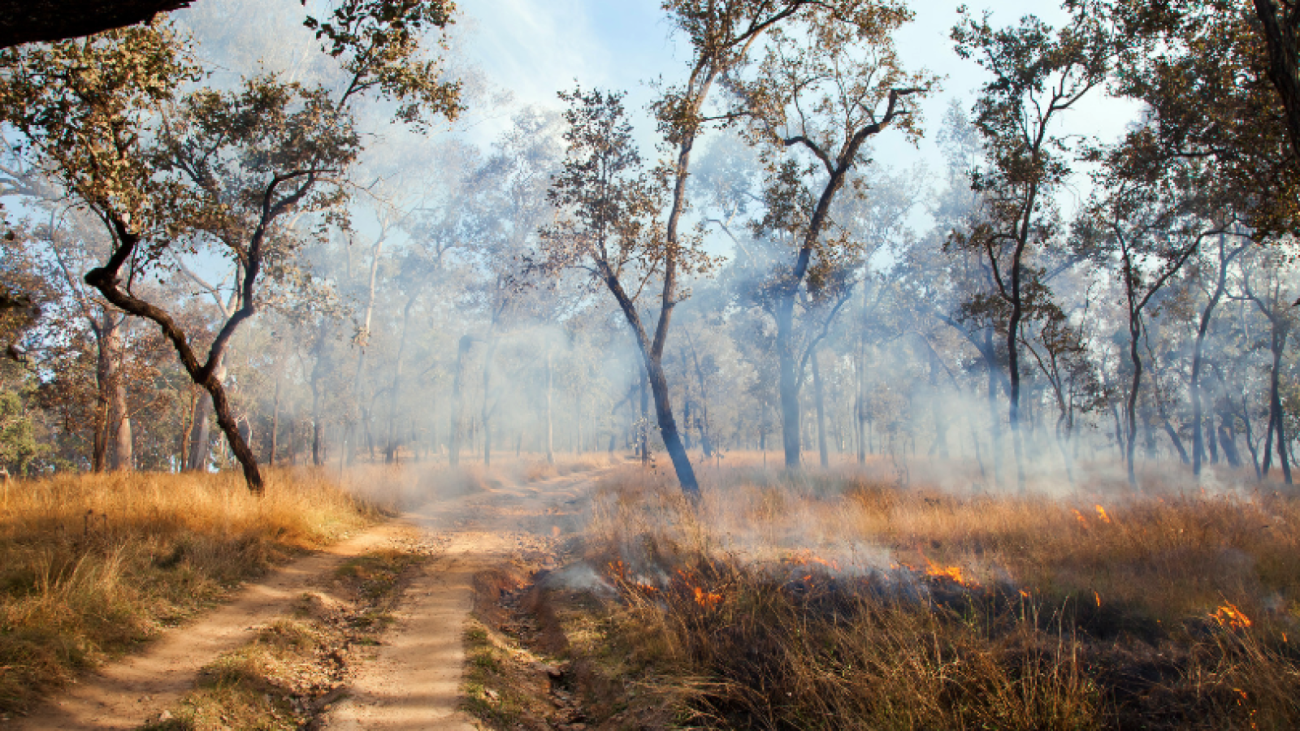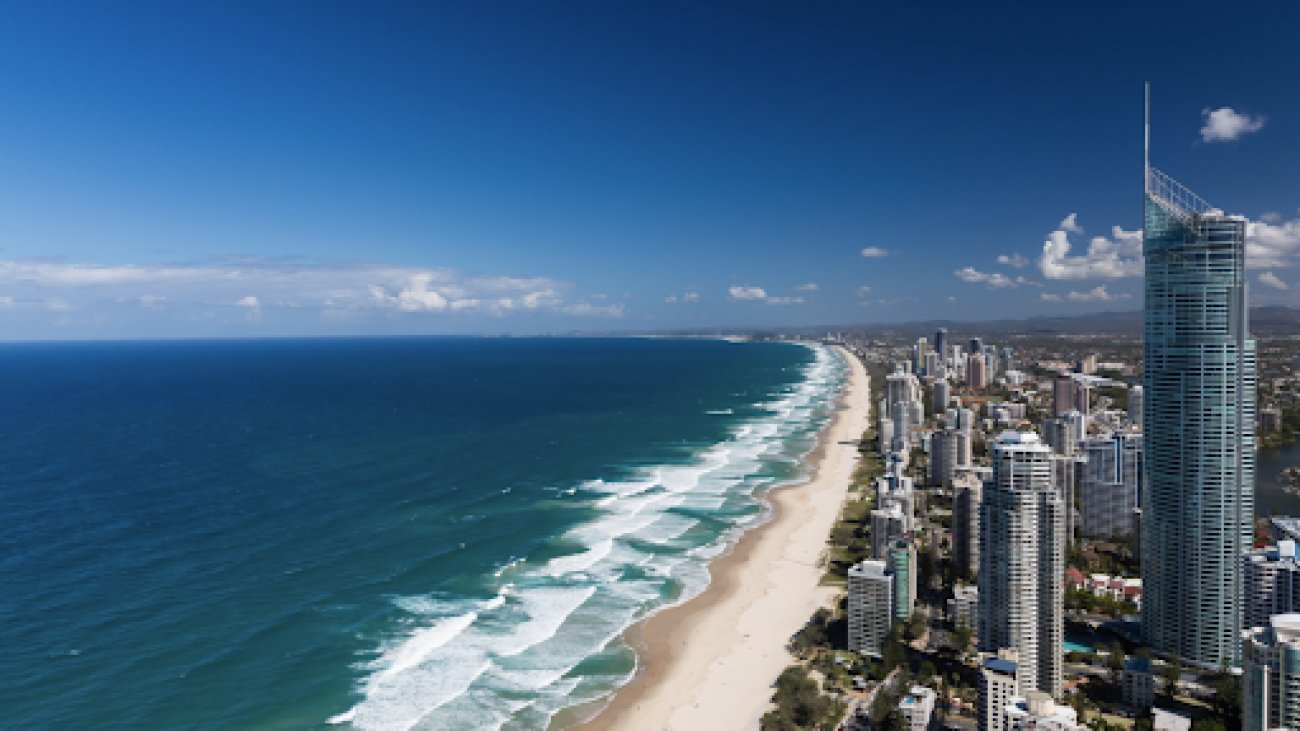Earlier this year Queensland and NSW experienced extreme flooding, leaving many homes with significant damage.
While extreme weather events are not a new phenomenon in Australia, the increased severity and frequency of them has been cause for major concern.
A study released by the Climate Council says insurers are raising premiums to cover the increased cost of claims and reinsurance as the threat of extreme weather events grows, with the risk set to worsen unless Canberra starts acting swiftly to phase out burning coal and other fossil fuels.
According to the report, Australia is now facing the prospect of becoming an “uninsurable nation”, with more than half a million homes (1 in 25 properties) forced to go without insurance cover in 8 years time because of climate change.
“Climate change is creating an insurability crisis in Australia due to the worsening extreme weather and sky-rocketing insurance premiums,” the report, Uninsurable Nation: Australia’s Most Climate-Vulnerable Places, says.
The report states that insurance will become increasingly unaffordable in major parts of the country, and there is also a possibility that insurers could decide that offering policies in high-risk areas is not viable.
“We have a number of places in Australia where people are not insuring their homes because of cost,” Climate Council CEO Amanda McKenzie says.
“So that means that those homes are effectively uninsurable.”
She further elaborates that the recent floods and the Black Summer bushfires are a “massive red flag” for the country.
“Scientists have been saying for decades Australia is highly vulnerable to climate change risks and now we’re seeing it play out before our eyes,” Ms McKenzie said.
According to the recent Climate Council report, NSW and Queensland account for seven of the top 10 list of federal electorates that are most vulnerable to climate change-fuelled extreme weather events such as floods and bushfires.
The report says that about 15% of properties (165,646), or about one in every seven properties in the top 10 list will be uninsurable this decade.
These properties have projected annual damage costs equivalent to 1% or more of the property replacement cost, and are referred to as uninsurable, the report says.
“Whilst policies might still be available, premiums are expected to become too expensive for people to afford,” it explains.
ICA has responded to the Climate Council report, with a spokesman saying that although there are some locations where there are affordability and availability concerns, there is no area of Australia that is uninsurable at present.
“Insurance prices risk, and that means that for those in flood-prone or cyclone-prone locations, cover can be costly,” the spokesman said.
ICA CEO Andrew Hall says that while no area is uninsurable, the question should more so be focussed on what needs to be done in these extremely high risk areas.
“In some cases we have seen, particularly in these most recent floods, homes that are flooded three times in 10 years and so the question has to be asked ‘when you’ve got homes that are in harm’s way and are often being damaged catastrophically like this, what do we need to do’,” he said.
Mr Hall says Australia needs to look at adaptation measures and mitigation investments to improve resilience and existing building standards.
“We do have a problem in this country that we have got to simply address and that is more money has to go upfront to protect homes rather than in the clean-up.” he says.
Mr Hall says an “extreme outcome” could involve relocating homes, buying the land and turning it into recreational or environmental areas. However, he adds on that people have to be given options if they choose to stay where they are.
This “uninsurable nation” tagline has raised some debate within the industry.
Many have said that this is an alarmist interpretation, but the report insists this is a make or break time for Australia’s insurability crisis.
But one thing that cannot, or should not, be debated is that action must be taken on making this country more resilient to natural disasters.
If you have any questions or concerns about your home or business insurance, you can reach out to the friendly and knowledgeable team at Business Insurance Consulting!
Source: https://www.insurancenews.com.au/analysis/uninsurable-nation-maybe-maybe-not-but-action-needed-either-way




